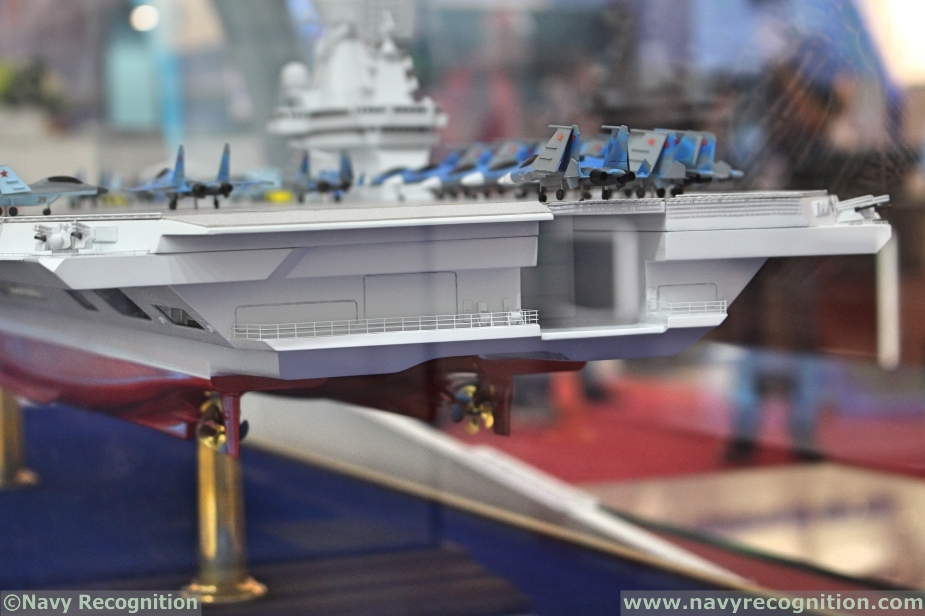Militarov wrote:Actually there is nothing stopping you from making navalised variant of any fighter there is. Actually majority of USAF fighters can land on carriers if really required, or for emergency landings on make-happen-asap airstrips, even tho they are not primary built as navalised fighters.
Main difference is the reinforced landing gear to deal with increased landing stress, other than that those are basically same machines.
Yes, you could say every plane can land on a carrier the same I can drink poison... at least one time
From all the sources I have seen USAF fighters cannot land on a carrier, from type of hook to minimum speed to maximum sink rate, structural strength are simply not valid, and the fact that USAF and Navy use different aircraft only supports that. So would be interested in seeing some links providing info on what you refer.
Regarding naval versions: of course without economic or performance constraints you can modify so much a plane that it can operate from a carrier, but at what cost? F-15N was proposed and discarded due to exaggerated weight increase for instance. F-22 in its current aero design would not be capable of carrier approaches, not to talk about the landing gear and hence the general design of the plane and internal structure. Or try to fit a CATOBAR compatible front landing gear on a F-16. So in practical terms there are aircraft designs that allow for navalization and others that don't allow it with reasonable amount of effort, costs and performance of the resulting aircraft.
Isos wrote:The point is that russia can do it but won't because they don't have the money and the carrier. Kuznetsov is too small to spend more on the su-57 program, which will be produced in smaller numbers than expected, to have a couple of naval su-57.
Well, let them decide that for themselves. They created the Su-33 and MiG-29K also for small numbers in the end. More on that below.
Regarding the K, why is it too small? Two squadrons Su-57 as would be possibly carried on the K are too few but three or four would be ok? What is the number you consider ok?
Even the VTOL program if it has started could be stpped if the Lavina or whatever is its name class isn't build. Those programs have to be done togather and you need to be sure there will have enough money to finish it.
Right, with the difference that Su-57 already exists and STOVL doesn't. Difference in the efforts needed for both developments are essentially orders of magnitude apart. If you have some numbers of Su-57 in the VVS and then a very closely related K version in the carriers, your economies of scale are huge compared to a plane developed only for the navy.
Su-57 program proved that new technologies coast huge ammount so they can't just start them and then stop them because they can't build lot of them.
These are extremely long term programs. Su-57 will be serving for the next 40 years, that is why they are not in a hurry to deploy them until they are effective and reliable.
I wasn't following in details the discussion. Future naval fighters means they started a program for carrier. They have not. Only speculation.
Really people, what do you think a strategic document like the naval doctrine is for? This is not toilet paper. May not be implemented 100%, may (will) have delays, due to the extreme long term planning involved. But the firm intentions to create carriers are stated there and also outside of that document many times. Why do you keep doubting it all the time? Most probably they will keep K for a good while and build two or three new carriers, more or less along the lines of other big countries like India or China.
Russia should also build the small shtorm to gain in experience and put only cheap mig 29k on it
I think carriers are too expensive to build cheap experiments and give them a go (not saying light carrier and MiG-29K cannot cope with the task). Either you need them and in that case you build what you need or you put the money to other use.


 Isos
Isos





